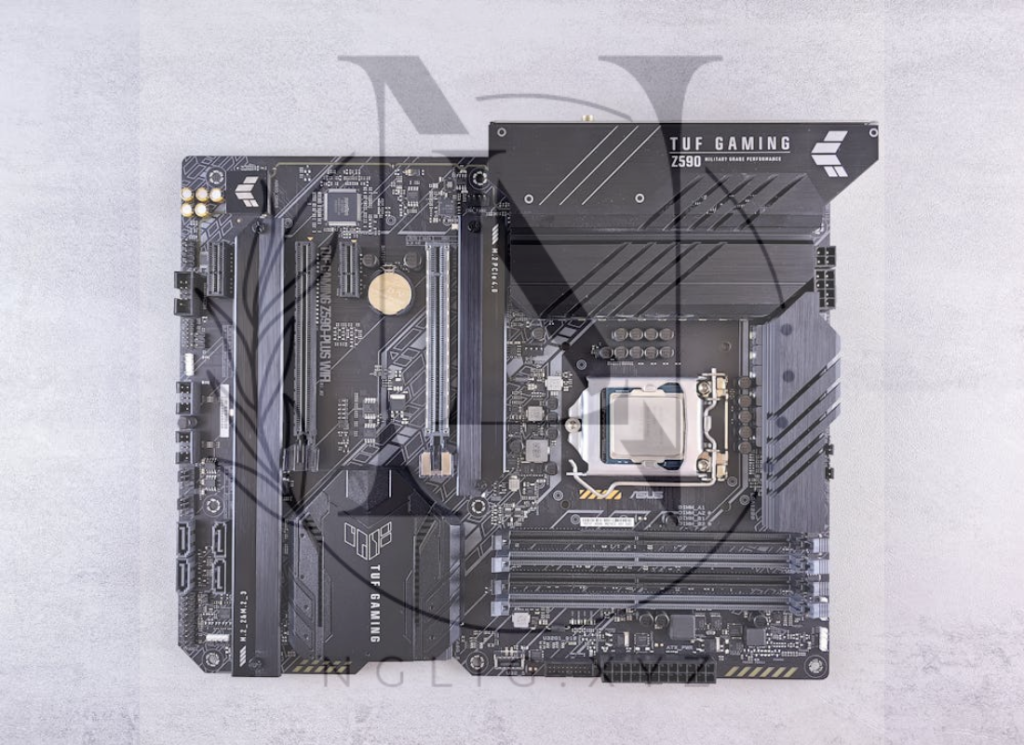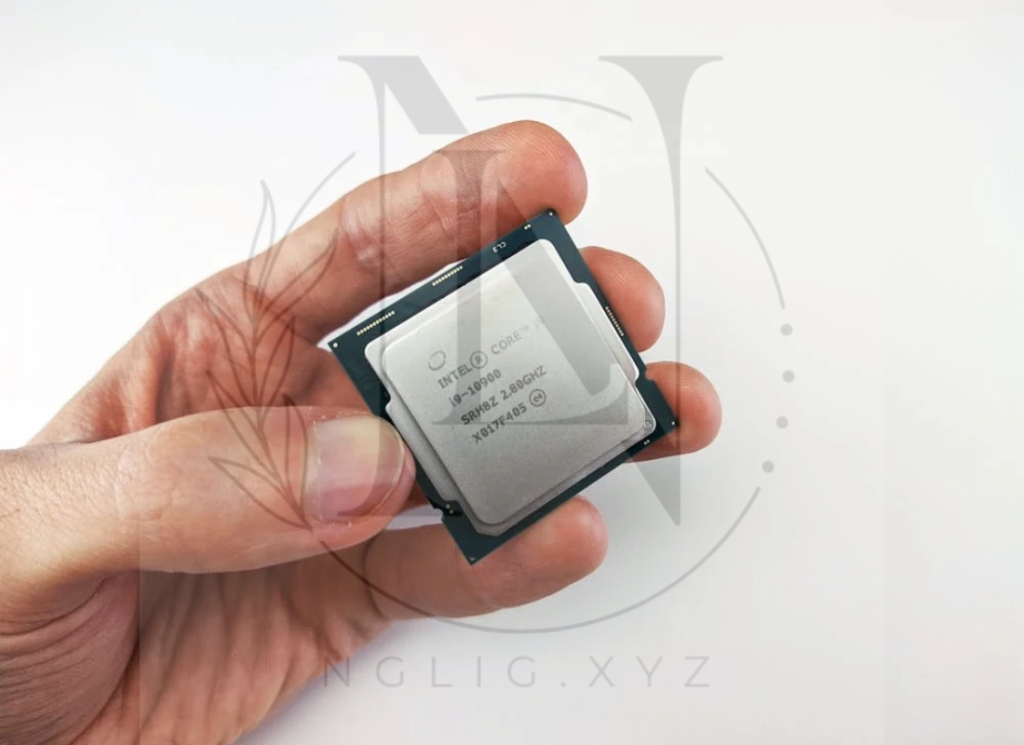In the world of computing, performance is a critical factor in determining how effectively a system can handle various workloads. Whether you’re a gamer, developer, or business professional, understanding your system’s performance capabilities is essential for optimizing its speed and efficiency. Intel Performance Benchmarks provide a standardized way to measure and evaluate the performance of Intel-powered systems, helping users make informed decisions about upgrades, optimizations, and overall system efficiency.
This article explores the significance of Intel Performance Benchmarks, their key features, and how you can use them to compare and optimize your system’s speed.
What Are Intel Performance Benchmarks?
Intel Performance Benchmarks are standardized tests designed to measure the performance of Intel processors, GPUs, and other hardware components under various workloads. These benchmarks simulate real-world tasks and stress-test system components to provide detailed insights into their capabilities. They cover a range of metrics, including processing speed, multitasking efficiency, graphics rendering, and power consumption.
By providing a quantitative assessment of system performance, Intel benchmarks help users identify bottlenecks, evaluate hardware upgrades, and optimize system settings for maximum efficiency.
Key Features of Intel Performance Benchmarks
Real-World Workload Simulation
Intel benchmarks replicate real-world tasks such as video editing, gaming, 3D rendering, and data analysis to provide accurate performance measurements. This ensures that benchmark results are relevant to actual use cases.
Cross-Platform Comparisons
These benchmarks allow users to compare the performance of different Intel processors, GPUs, and systems. This is particularly useful when choosing between various Intel products or evaluating system upgrades.
Comprehensive Metrics
Intel benchmarks measure a wide range of performance aspects, including:
- CPU Performance: Tests single-threaded and multi-threaded capabilities.
- Graphics Performance: Assesses rendering speed, frame rates, and GPU efficiency.
- Power Efficiency: Evaluates energy consumption under different workloads.
- Storage Performance: Measures data transfer speeds and latency.
Easy-to-Use Tools
Intel provides user-friendly benchmarking tools, such as Intel Extreme Tuning Utility (XTU) and Intel Processor Diagnostic Tool (IPDT), which make it simple to test and analyze system performance.
Industry Standards Compliance
Intel benchmarks adhere to industry-standard methodologies, ensuring accurate and reliable results. They are often used in professional reviews and comparisons.
Benefits of Intel Performance Benchmarks
Informed Decision-Making
Whether you’re upgrading your hardware or purchasing a new system, benchmarks provide objective data to help you choose the right Intel processor or GPU for your needs.
System Optimization
Benchmarks identify performance bottlenecks, allowing you to adjust system settings, overclock components, or optimize workflows for better efficiency.
Competitive Edge for Gamers
For gamers, Intel benchmarks help fine-tune systems to achieve higher frame rates, reduced latency, and smoother gameplay.
Improved Productivity
Professionals using resource-intensive applications, such as video editing or data analysis, can use benchmarks to ensure their system delivers optimal performance.
Future-Proofing
Benchmarks allow users to evaluate whether their current system can handle upcoming software or workloads, helping them plan upgrades proactively.

Intel Benchmarking Tools and Software
Intel Extreme Tuning Utility (XTU)
XTU is a powerful tool for advanced users who want to monitor, test, and optimize system performance. It allows for overclocking Intel processors, adjusting power settings, and running stress tests to evaluate system stability.
Key features include real-time monitoring of CPU temperature and clock speed, customizable profiles for overclocking, and integrated benchmarking tests.
Intel Processor Diagnostic Tool (IPDT)
The IPDT is designed to verify the functionality of Intel processors. It performs a series of tests to ensure the processor operates within its specifications and delivers consistent performance.
Key features include detecting hardware faults, validating processor performance under load, and providing a detailed report on CPU health.
Intel Graphics Performance Analyzers (GPA)
Intel GPA is a suite of tools for analyzing and optimizing GPU performance. It’s particularly useful for game developers and graphics professionals.
Key features include real-time frame rate analysis, debugging tools for GPU-intensive applications, and optimization recommendations.
SPEC CPU Benchmarks
Intel collaborates with the Standard Performance Evaluation Corporation (SPEC) to offer industry-standard benchmarks. These tests evaluate compute-intensive performance and are widely used in enterprise environments.
How to Use Intel Performance Benchmarks
Define Your Objectives
Identify the purpose of benchmarking—whether it’s for gaming, productivity, or hardware comparison. This helps you choose the right tools and tests.
Prepare Your System
Ensure your system is running the latest drivers and updates. Close unnecessary applications to avoid interference during testing.
Run Benchmarks
Use Intel’s tools to conduct benchmark tests. For example, use XTU for CPU and system performance, run GPA for graphics-intensive tasks, and test system stability and hardware integrity with IPDT.
Analyze Results
Compare your system’s performance metrics with baseline results or other systems. Identify areas where performance lags, such as CPU speed, GPU rendering, or memory bandwidth.
Optimize Your System
Adjust system settings based on benchmark results. This may include overclocking, upgrading hardware, or optimizing software configurations.
Popular Intel Benchmarks Explained
Single-Threaded Performance
Single-threaded benchmarks measure the efficiency of a processor in handling tasks that rely on a single core. This is important for applications like web browsing and basic office tasks.
Multi-Threaded Performance
Multi-threaded benchmarks assess a processor’s ability to utilize multiple cores simultaneously. This is crucial for applications like video rendering, data analysis, and 3D modeling.
Graphics Benchmarks
Graphics performance is evaluated through frame rates, rendering speeds, and latency in GPU-intensive applications like gaming and video editing.
Power Efficiency
Power benchmarks measure how effectively a system balances performance and energy consumption, which is vital for portable devices and data centers.
Synthetic Benchmarks
These benchmarks simulate specific workloads, such as gaming or AI processing, to provide a snapshot of system performance under controlled conditions.
Applications of Intel Performance Benchmarks
Gaming
For gamers, benchmarks help optimize system settings for maximum FPS (frames per second) and smooth gameplay. They also provide insights into whether a system can handle modern games at high settings.
Content Creation
Video editors, graphic designers, and 3D animators can use benchmarks to ensure their system delivers fast rendering and smooth multitasking.
Enterprise Solutions
Businesses rely on benchmarks to evaluate server performance, ensuring systems can handle high workloads and provide consistent uptime.
Academic and Research Computing
High-performance computing (HPC) environments use benchmarks to optimize simulations, data modeling, and machine learning workloads.
Tips for Effective Benchmarking
- Use consistent settings. Run benchmarks under identical conditions to ensure accurate comparisons.
- Test multiple scenarios. Evaluate performance across various workloads to get a comprehensive view of system capabilities.
- Keep drivers updated. Ensure all drivers and firmware are current to maximize performance.
- Document results. Record benchmark scores to track performance improvements over time.
Conclusion
Intel Performance Benchmarks are invaluable tools for understanding and optimizing your system’s capabilities. By providing a standardized framework for evaluating performance, these benchmarks empower users to make informed decisions about hardware upgrades, system settings, and overall efficiency. Whether you’re a gamer seeking smoother gameplay or a professional aiming for higher productivity, Intel benchmarks deliver actionable insights that help you achieve your goals.
Explore Intel’s suite of benchmarking tools today to unlock your system’s full potential and stay ahead in a fast-paced digital world.

